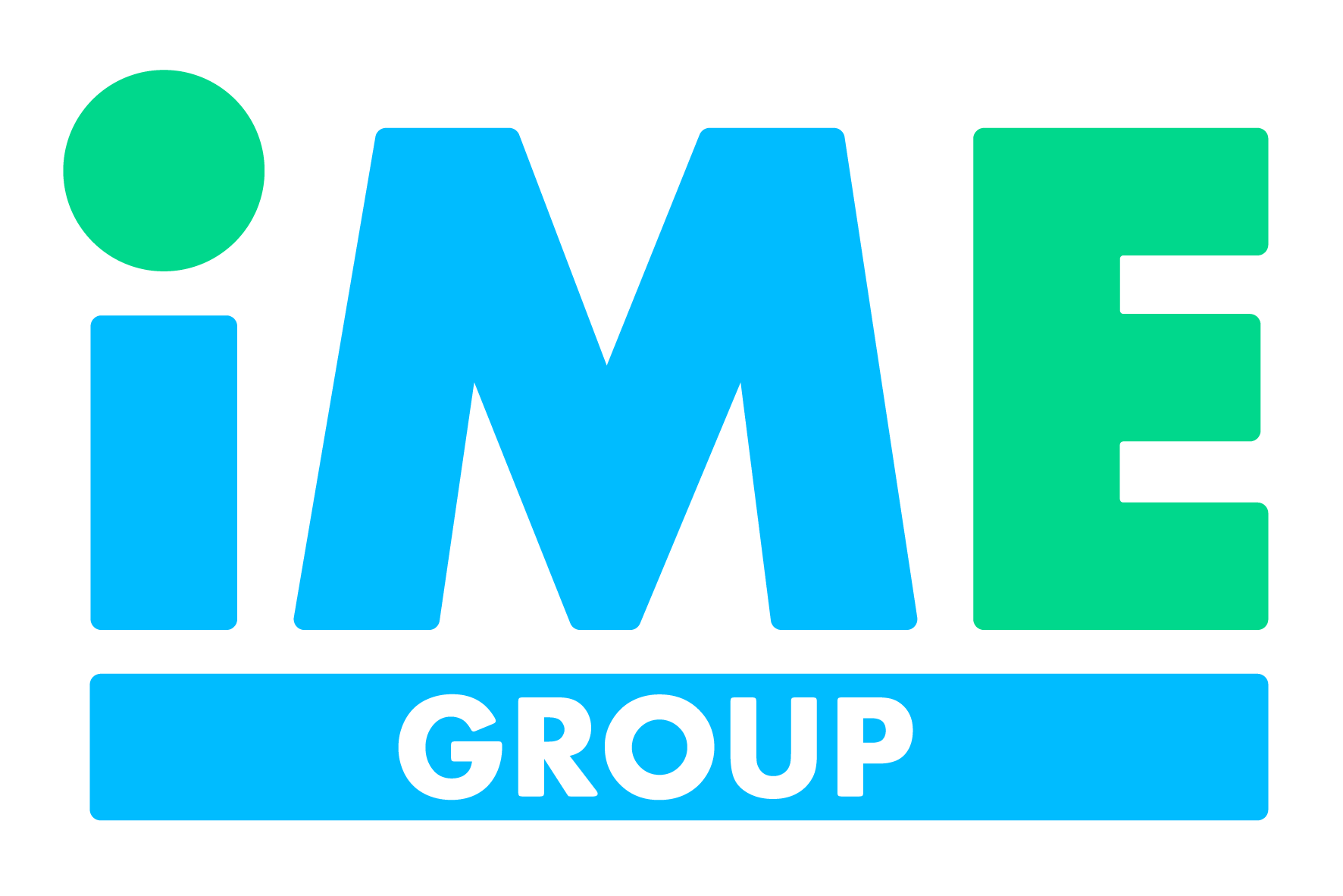Revitalising Industrial Hoppers: Upgrading with Stainless Steel Reinforcements and Industrial Coatings
Industrial hoppers are the unsung workhorses of many UK manufacturing, processing, and agricultural operations. They play a pivotal role in storing and funnelling bulk materials—from grains and minerals to waste and recycled products. Over time, however, constant exposure to abrasive materials, corrosive substances, and heavy impacts can take a toll on these vital components. In this blog, we explore how upgrading industrial hoppers with stainless steel reinforcements and industrial coatings can rejuvenate performance, enhance durability, and reduce downtime.
Understanding Industrial Hoppers
Industrial hoppers serve as the primary storage and dispensing units in various sectors. Whether part of an automated production line or operating in more manual settings, these structures must contend with harsh working conditions. As materials are loaded, mixed, and discharged, the integrity of hopper walls can degrade, impacting operational efficiency and safety.
The Challenges Faced
Over the lifecycle of a hopper, several challenges can arise:
- Abrasion and Wear: Constant contact with gritty or corrosive materials gradually wears down metal surfaces.
- Corrosion: Exposure to moisture, chemicals, and varying temperatures can lead to rust and structural weakening.
- Impact Damage: The repetitive force of material flows can cause cracks, dents, and eventual failure of hopper components.
- Maintenance Downtime: Frequent repairs not only disrupt production but also incur significant operational costs.
Addressing these issues proactively is critical for maintaining productivity and ensuring the safety of both equipment and personnel.
The Role of Stainless Steel Reinforcements
Stainless steel is renowned for its strength, corrosion resistance, and longevity. Upgrading industrial hoppers with stainless steel reinforcements offers several advantages:
- Enhanced Durability: Stainless steel's toughness significantly extends the lifespan of hopper components, reducing the need for frequent replacements.
- Corrosion Resistance: Its inherent resistance to rust and chemical exposure makes it an ideal choice for environments prone to moisture and aggressive materials.
- Structural Integrity: Reinforcements provide extra strength to vulnerable areas, safeguarding the hopper against impact and wear.
In many cases, strategic placement of stainless steel liners or support structures in high-wear zones can dramatically improve performance without necessitating a complete overhaul of existing equipment.
Boosting Performance with Industrial Coatings
While stainless steel reinforcements form a robust structural backbone, industrial coatings add another layer of protection:
- Abrasion Resistance: Specialised coatings are designed to absorb the energy from material impacts, reducing surface wear.
- Chemical Shield: High-quality coatings create a barrier that prevents corrosive substances from coming into direct contact with the metal surface.
- Cost Efficiency: By extending the maintenance cycle and reducing repair frequency, industrial coatings contribute to long-term savings.
Modern coatings are formulated to adhere strongly to metal surfaces and withstand extreme operational conditions, ensuring that hoppers maintain peak performance even in the harshest environments.
Implementing Upgrades: Best Practices
For UK industries looking to revitalise their hoppers, a successful upgrade strategy involves:
- Assessment: Conducting a thorough inspection to identify areas most susceptible to wear and impact.
- Customisation: Tailoring the reinforcement and coating solution to the specific operational demands and material characteristics.
- Professional Installation: Engaging specialists in welding, coating application, and materials engineering to ensure optimal installation.
- Regular Maintenance: Even with upgrades, periodic inspections and maintenance are essential to catch any emerging issues before they escalate.
Investing in these measures not only enhances equipment reliability but also contributes to smoother production processes and increased safety standards.
Real-World Impact
UK businesses that have embraced these upgrades report:
- Reduced Downtime: Extended service life leads to fewer interruptions in production.
- Improved Efficiency: Reliable hoppers ensure consistent material flow, minimising bottlenecks.
- Long-Term Savings: Lower maintenance and replacement costs translate to substantial financial benefits over time.
Whether in food processing, waste management, or heavy industrial production, the advantages of upgrading industrial hoppers are clear: a blend of modern materials and smart engineering practices can transform ageing equipment into robust, future-proof assets.
Conclusion
In today’s competitive industrial landscape, revitalising existing infrastructure is key to maintaining efficiency and safety. Upgrading industrial hoppers with stainless steel reinforcements and high-performance industrial coatings offers a forward-thinking solution that not only extends the lifespan of essential equipment but also improves operational reliability. As UK industries continue to evolve, embracing these innovative strategies will ensure that production lines remain resilient in the face of constant wear and tear.
For companies looking to safeguard their operations and achieve long-term cost savings, investing in these advanced upgrades is a step towards a more sustainable and efficient future.

